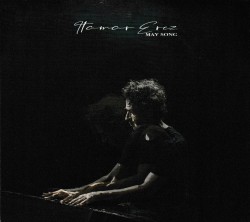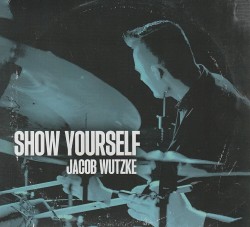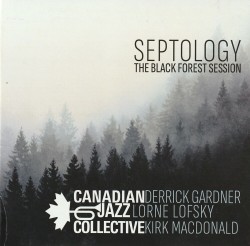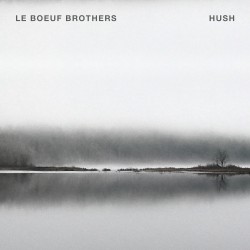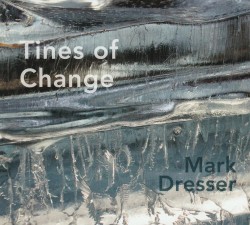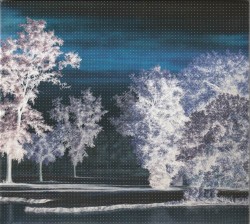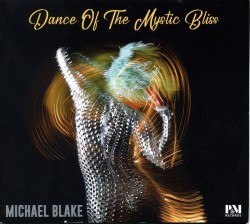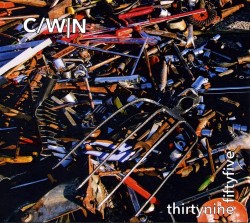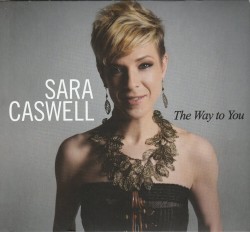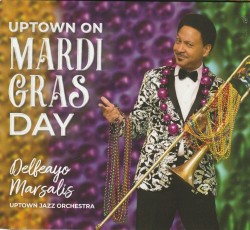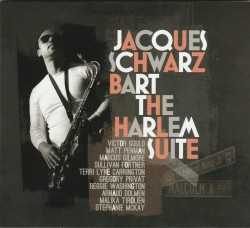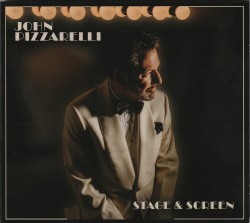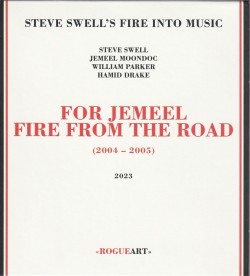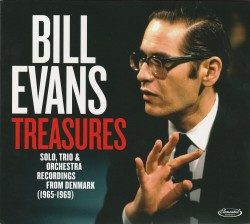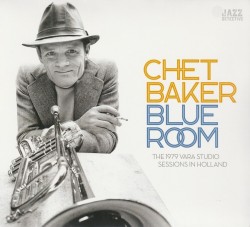Choices - William Carn (octet)
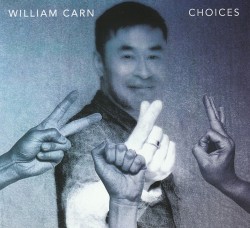 Choices
Choices
William Carn (octet)
Independent WC004 (williamcarn.com)
This beautiful recital on Choices wraps carefully chosen instrumentation led by trombonist (and now) a singing William Carn, with elegantly played repertoire around fascinatingly atmospheric keyboards. While Carn is one of the fascinating keyboardists here, the music draws significant substance from the keyboards and bass pedals of Todd Pentney, reincarnated as producer and sound designer extraordinaire, HiFiLo.
The Toronto-based Carn is fast gaining a reputation as one of the finest virtuoso trombonists in Toronto. His reputation as a fine sight reader and an imaginative, idiomatic interpreter of music is making him a much sought after member of brass sections in small, medium and larger ensembles too. However, it is as a composer that he deserves to be much better known.
Conceptually and thematically this album is a significant follow-up to The History of Us, a marvellous, very personal recording he produced with his saxophone-playing wife, Tara Davidson and their ensemble, Carn-Davidson 9.
Choices reflects the thoughtful nature of Carn’s compositions. Like his previous album, some of the music often reveals a propensity for plumbing the depth of socio-political and personal passions and the need to exhale – both musically as well as emotionally. Thus, between Breathe In and Breathe Out we are treated to profound meditations on Ukraine (Heroyim Slava), discrimination (Get Up) and love (The Gift and Goodbye Old Friend). Through it all Carn and colleagues bring trademark acoustic and electronic energy and virtuosity to a hugely enjoyable program.


